Vintage Tribal Kilim Runner 3' 1" x 10' 10" (37" x 130")
Type:
Kilim RugsCollection:
Tribal RunnersID:
K0077307Size:
Material:
The designs feature a rich array of symbols representing tribal culture and Anatolian motifs, often in the form of medallions, diamonds, and other geometric shapes.
The designs feature a rich array of symbols representing tribal culture and Anatolian motifs, often in the form of medallions, diamonds, and other geometric shapes. These kilim runners are ideal for hallways and narrow spaces, offering a touch of ethnic charm and artisanal quality to any interior.
Herki kilims not only serve as functional floor coverings but also as artistic expressions of tribal identity, making each rug a unique cultural artifact.
Colors
- Earth Tones: The dominant colors include muted browns and tans, reflecting a natural, organic feel.
- Warm Hues: Rich warm colors such as terracotta and hints of orange introduce warmth and vibrancy, creating an inviting ambiance.
- Contrasting Accents: Black and white shades are used as contrasting colors, accentuating patterns and adding depth to the overall design.
- Textured Grays: Soft gray shades serve as a neutral backdrop, allowing other colors to pop.
Design Elements
- Geometric Patterns: The runner features geometric shapes, primarily diamonds and triangles, which represent stability and strength.
- Symmetry: The layout is symmetrical, characteristic of traditional tribal designs, promoting harmony and balance.
- Repetitive Motifs: The repetition of motifs enhances the visual rhythm, contributing to a sense of continuity and flow.
- Texture: The kilim’s flatweave construction offers a distinctive texture, emphasizing craftsmanship and traditional weaving techniques.
Main Motifs and Their Symbolism
- Diamonds: Often symbolize protection and abundance, reflecting the weaver's wishes for security and prosperity for their household.
- Triangles: The use of triangular shapes may represent the mountains or direction, symbolizing guidance and stability in life’s journey.
- Lines and Borders: Horizontal and vertical lines trace the journey of life, signifying the intertwining of paths and experiences.
- Color Symbolism:
- Red: Represents life and fertility.
- Black: Stands for strength and endurance.
- White: Symbolizes purity and peace.
Summary
The vintage tribal kilim runner showcases a rich palette of earth tones and warm hues, accentuated by contrasts of black and white. Its geometric patterns and symmetrical design elements convey a sense of stability and harmony. The main motifs, particularly the diamonds and triangles, symbolize protection, abundance, and guidance, with each color chosen purposefully to represent deeper meanings related to life, strength, and purity. The overall design reflects the weaver's culture and values, making this rug both a functional and artistic piece.
- Ships in 1-4 business days
- Only one in stock, handmade, unique
- Free shipping via FedEx Express. Easy returns
- Contact us or add a note to your order if you want us to delay your shipping.
- Request more info if you want this rug shorter or narrower
Colors may appear slightly different across various monitors due to screen settings device differences, and external lighting conditions. If color accuracy is important for your space, we recommend viewing the rug on multiple devices or contacting us for a detailed color description. We can provide detailed photos and references using Sherwin-Williams, Benjamin Moore, Pantone, or even Crayola crayons.
You can also visualize most of our products in your own room with AR (augmented reality) on an iPhone or iPad.
Return Policy
Need a rug pad? We recommend RugPadUSA
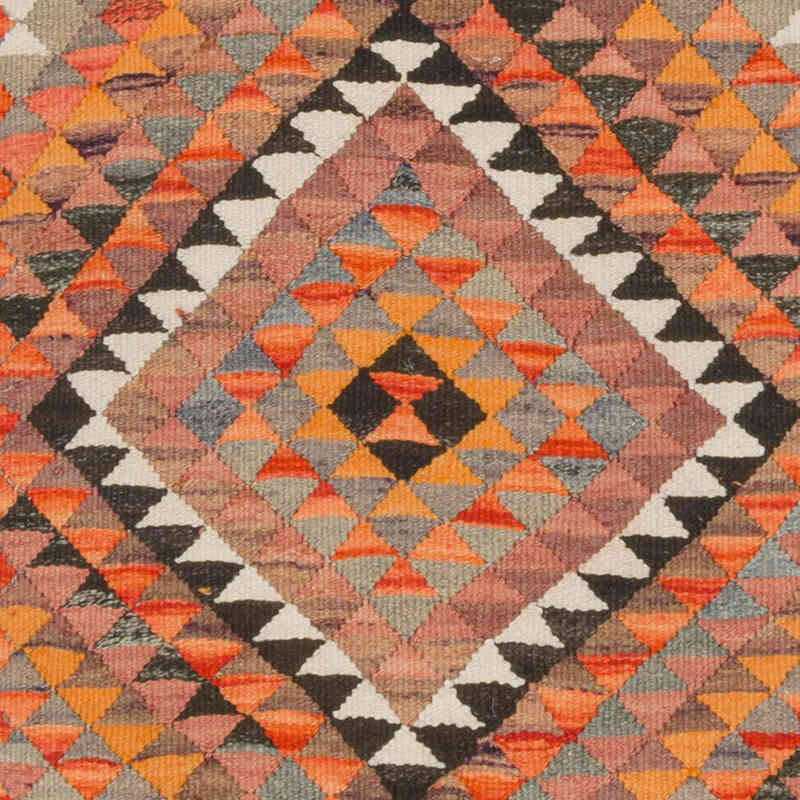
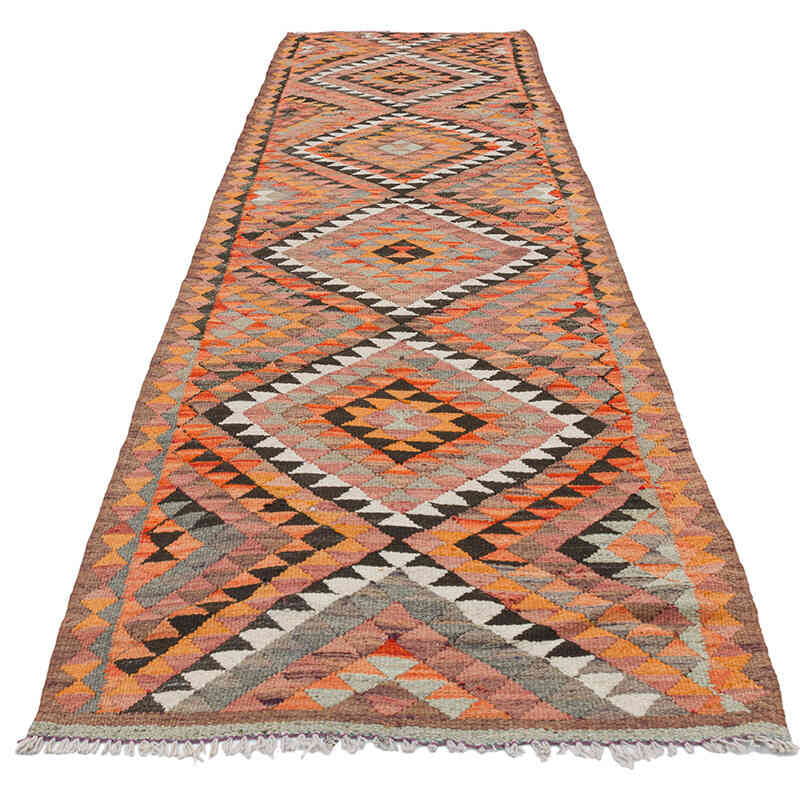
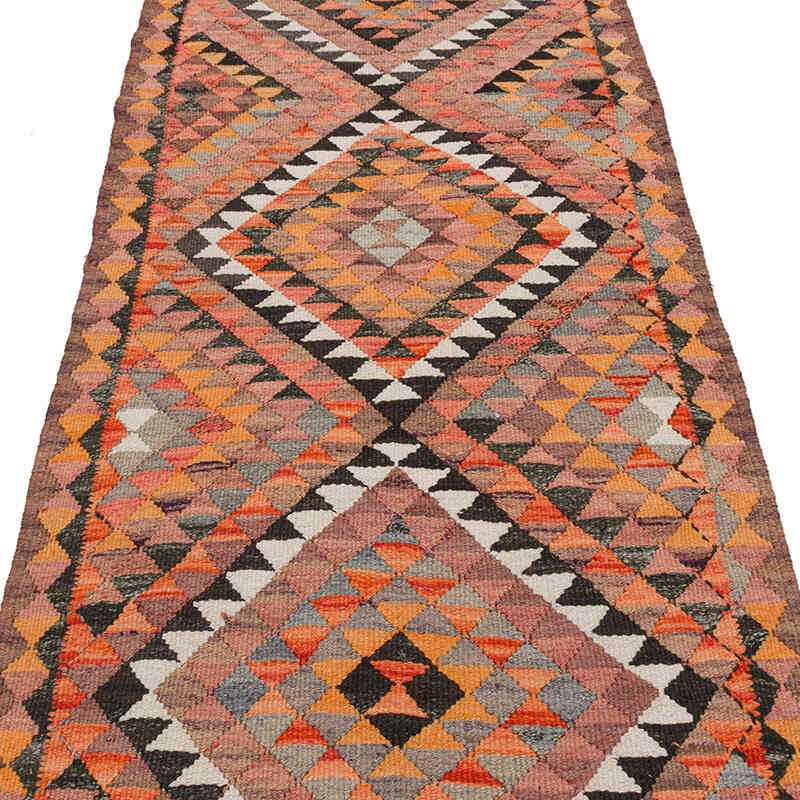
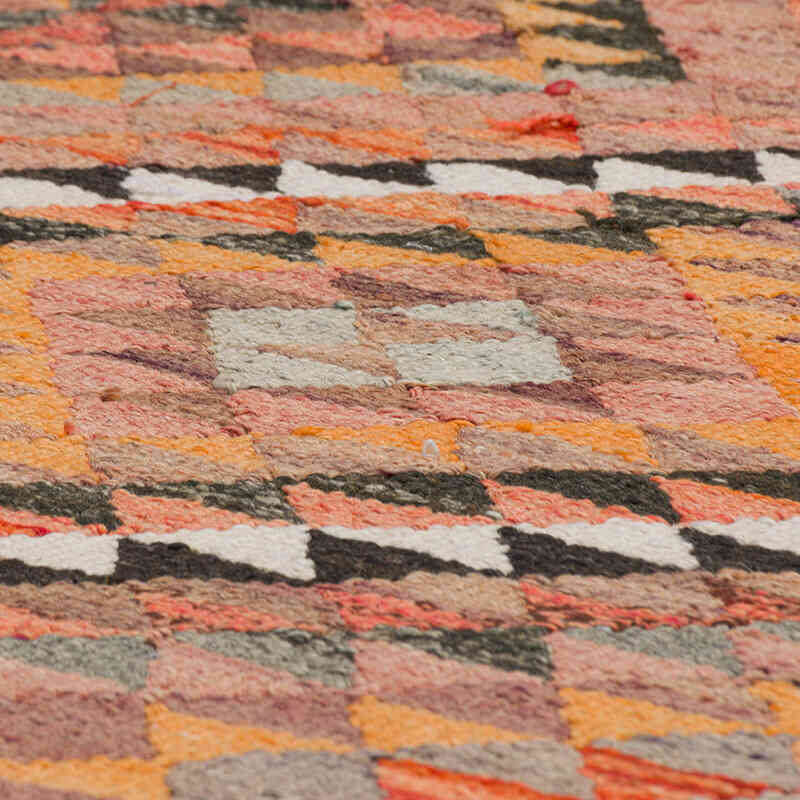
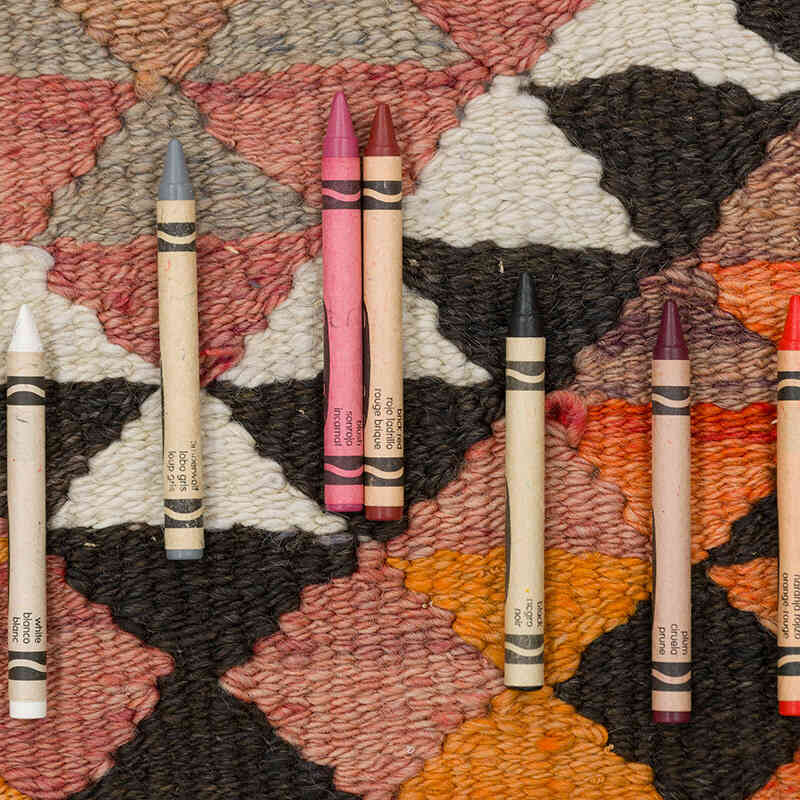
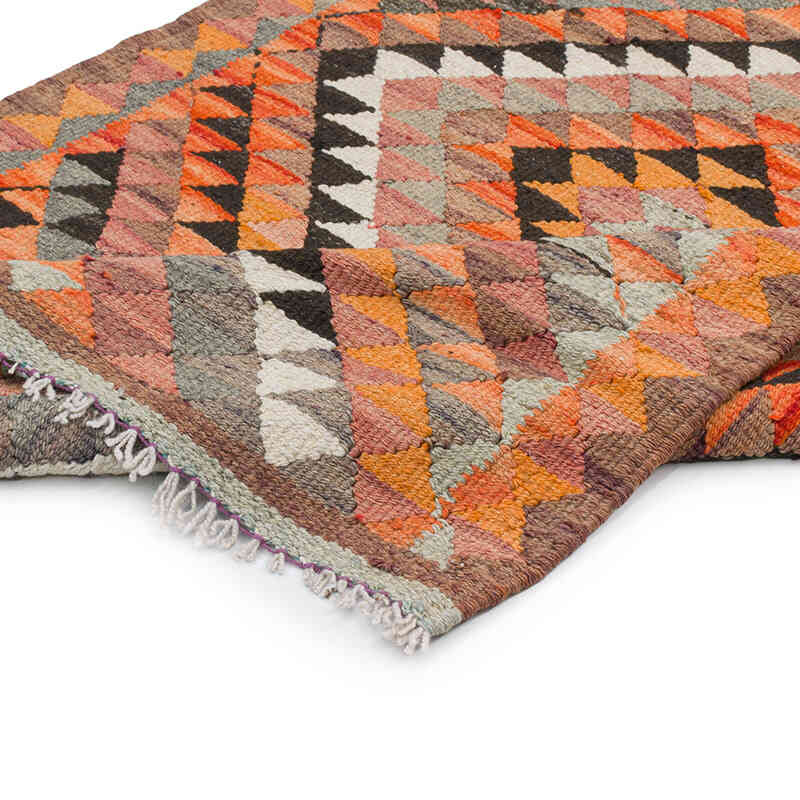
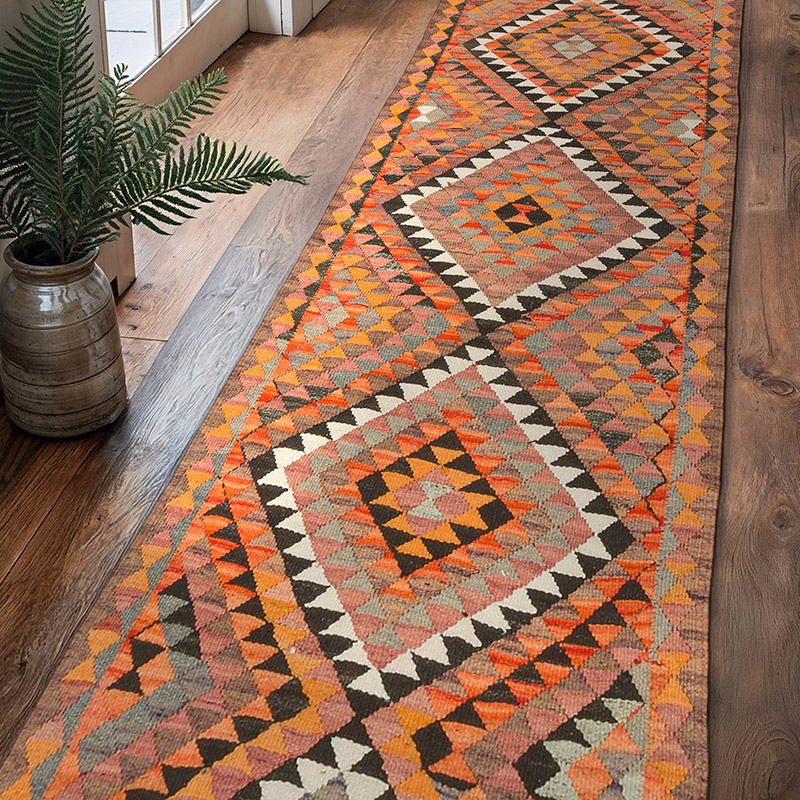
















So happy with my kilim rug